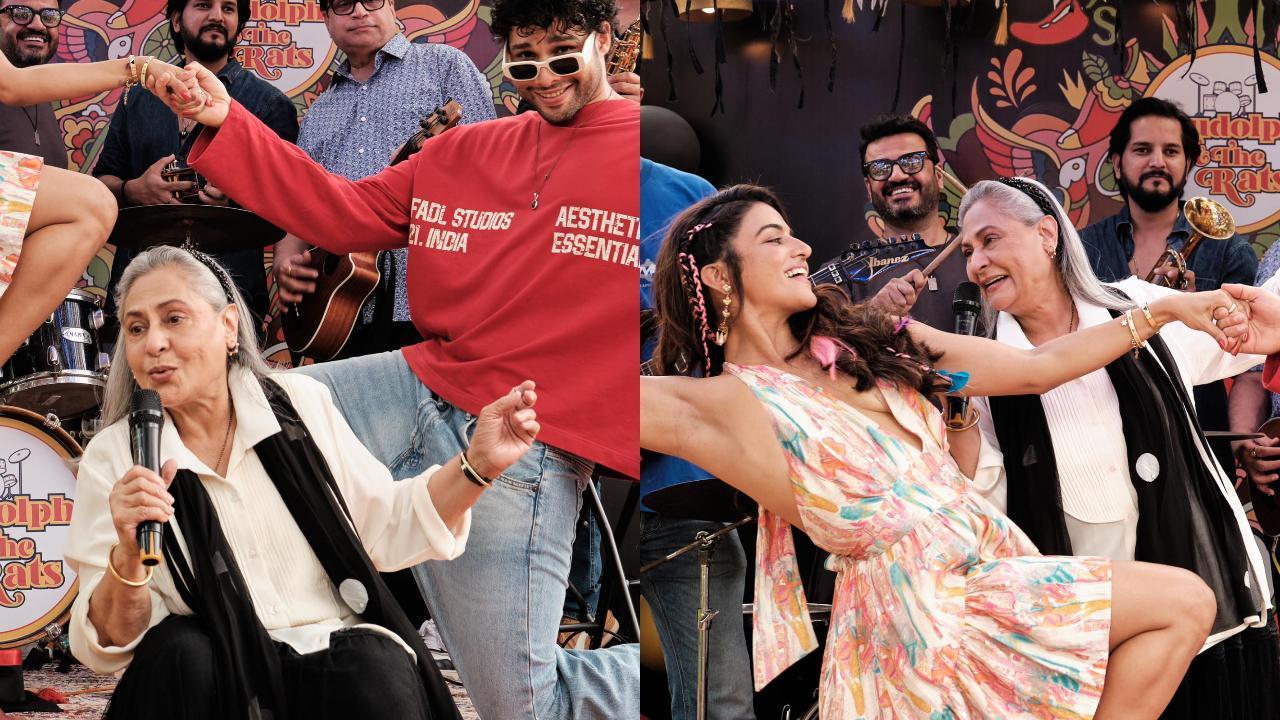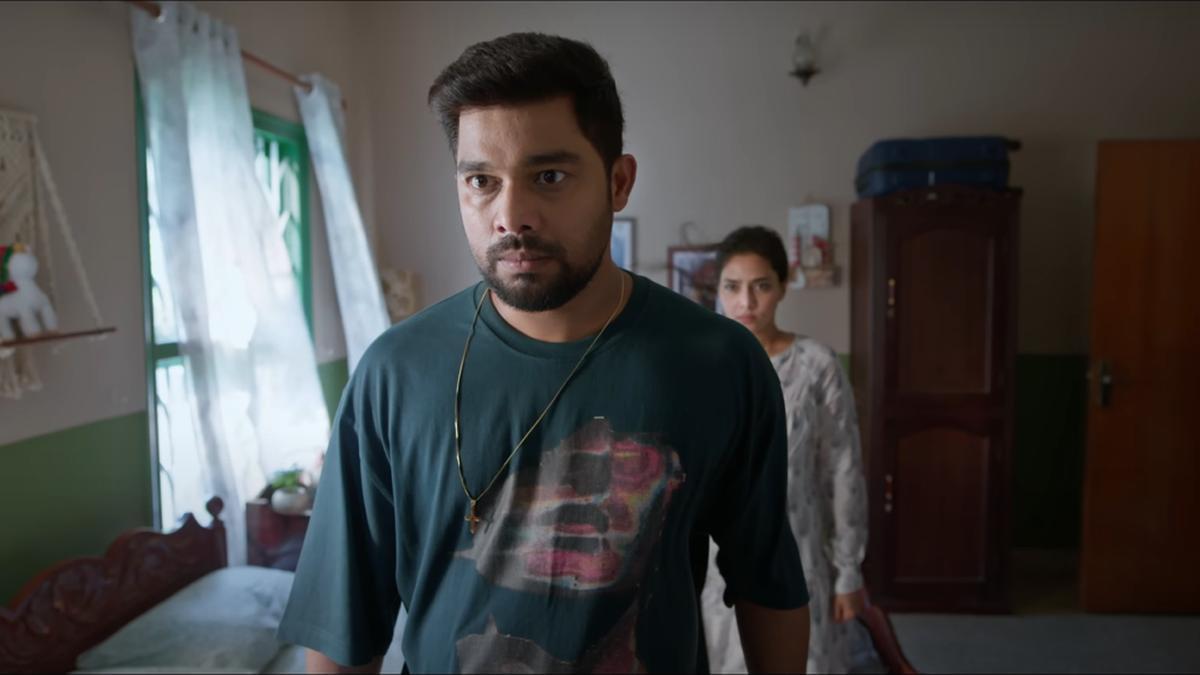
A groundbreaking cultural event is currently enchanting visitors within the historic walls of the Red Fort in Delhi. The India Art, Architecture & Design Biennale (IAADB) presents a captivating exploration of India’s rich heritage, carefully curated by a team of seven distinguished curators. This immersive experience juxtaposes the grandeur of physical exhibits with the innovation of digital installations across seven distinct themes, each offering a unique perspective on India’s artistic and architectural tapestry.
“This is a milestone for us; the first time the government has initiated a biennale of such scale,” states Mugdha Sinha, Joint Secretary at the Ministry of Culture. “With this governmental support, our cultural panorama has expanded, becoming more inclusive and impacting a larger audience,” she adds, emphasizing the event’s significance and reach.
The IAADB invites visitors to embark on a journey through time and space, where ancient wisdom converges with modern creativity. Amit Pasricha’s Sthapatya pavilion is a splendid tribute to Indian temple architecture. Renowned for his photography, Pasricha brings forth a visual feast that narrates a story of architectural brilliance across an array of mediums including photographs, murals, and sculptures, all upholding the timeless elegance of these sacred structures.
Within this ambitious showcase, multimedia artist Roma Madan Soni renders the historical essence of the Hoysaleshwara Temples in a monumental interactive piece, while Ashok Singh’s delicate carvings echo the iconic gopurams of South Indian temples alongside the stone embodiment of Nandi from Lepakshi. Zakir Khan’s scrap metal sculptures reimagine celebrated sites like the musical pillars of Hampi, adding a contemporary layer to the historic narrative. Coupled with the artistic legacy of Raja Ravi Varma’s lithographs, this facet of the exhibition attests to the meticulous craftsmanship inherent in Indian culture.
Another highlight is Anubhav Nath’s Deshaj, a pavilion that delves into the resilient and evolving traditions of indigenous folk arts, asserting their significance in the narrative of everyday life. Paintings, sculptures, and objects from various states are on display, juxtaposed with the work of urban artists influenced by these traditional forms.
Venturing into the poetic, Anjchita B Nair’s curated Bagh-e-Bahar interprets the symbology of gardens – from rock art to dances, from tangible green landscapes to the abstract. Santoshi Shyam’s vibrant artistic depictions immerse spectators in an enchanting world of flowers and insects, articulated through Gond and Bhil art techniques.
Gender dynamics and their influence on architecture form the core of Swati Janu’s Samatva, an archive that pays homage to the country’s first-generation women architects, including Eulie Chowdhury. Through recordings, visual documentation, and storytelling, the journey of 80 female architects is traced, underscoring their critical roles in shaping the architectural narrative of India. The personal anecdotes of practitioners like Sheila Sri Prakash and Chitra Vishwanath demonstrate the challenges and triumphs faced by women in the profession.
Aditya Arya’s Pravesh guides visitors through the philosophical and artistic interpretations of doors and gateways, urging a reflection on the multifaceted symbolism they embody. The baoli dedicated pavilion, Sampravah, curated by Ratish Nanda and Vikramjit Rooprai, illuminates the historical and cultural significance of India’s stepwells, while Vismaya, presented by Shikha Jain and Adriana A. Garreta, celebrates post-independence architectural marvels linking art, design, and architectural genius.
As the Biennale goes on, the heritage venue of the Red Fort continues to host these exceptional displays until March 31. The event, open to the public except on Mondays from 11 am to 10 pm, promises a rich cultural sojourn for visitors seeking to immerse themselves in the myriad expressions of India’s art, architecture, and design traditions.










